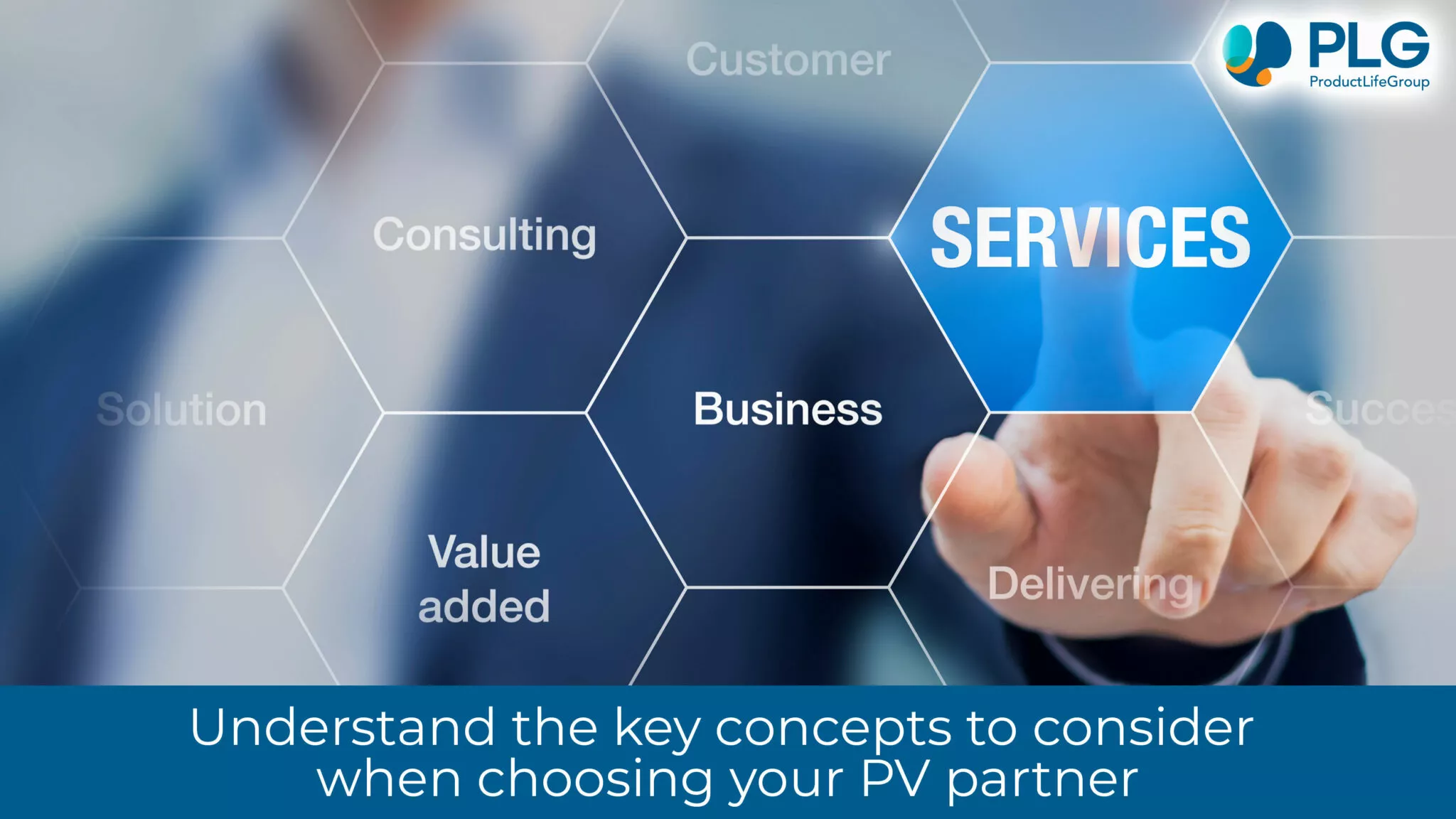
Evaluation of prospective service providers: Supervision of the relationship with service provider for pharmacovigilance
14 june 2023

What is Pharmacovigilance?
Pharmacovigilance is the science and activities related to detecting, assessing, understanding, and preventing adverse effects or other drug-related problems. It is a critical component of the pharmaceutical industry, ensuring drug safety and efficacy. Pharmacovigilance is a continuous process that requires a lot of resources and expertise to ensure that adverse events are reported and managed appropriately.
The Pharmacovigilance Landscape
Most pharmaceutical companies outsource their pharmacovigilance activities to service providers to save costs and improve efficiency. These service providers are experts in pharmacovigilance, providing a range of services such as safety data management, medical information, signal detection, risk management, and regulatory compliance. Choosing the right service provider is crucial for the success of your pharmacovigilance program, and it requires careful evaluation of prospective service providers and effective supervision of the relationship with the chosen provider.
Criteria to consider when choosing a PV service provider
MAH seeking to outsource any PV activities should have standard operating procedures describing selecting, contracting and managing service providers.
The selection process should be streamlined and follow below steps:
Administrative Criteria
- Clear scope: Information for outsourcing service activities and any involving factors such as case volume, database selection, country for outsourcing, and details of the drug/molecules.
- Request for information (RFI) or vendor pre-qualification assessment questionnaire: Based on service providers’ responses, MAH should shortlist service providers. Typically RFI seek information such as
- General Company information
- Name, legal status, business model and staffing
- Facilities and staff distribution
- Previous Audit and outcome details
- Company perspective
- Financial details
- The economic and financial situation of the company
- Geographic allocation and sales revenue
- Acquisitions
- Legal details
- Financial details
- Insurance and regulatory compliance
Technical Criteria
- PV-specific details
- Based on the scope of outsourcing service, details of experience and expertise of service providers
- Details and evidence of quality management system and SOPs
- Training program and procedure
- Policy on records retention
- Details of validated IT system
- Business contingency and disaster recovery plan
- Details on the Quality control process
- Previous inspection details and internal audit plan
- Details on outsourcing any PV activities to their service provider (e.g., post-marketing and LSO activities for large geography or countries).
- Based on the above information, the best suitable service providers should be selected for the RFP.
- Request for proposal (RFP): SPs to define each activity’s operating model, budget and process. The RFP should have details such as Project management details and KPIs offered. Typically, a bid defence meeting follows the RFP process to finalise the nitty-gritty of the offer. Then, the final selection can be made based on evaluating the combined result of the RFI and RFP process.
- PV agreement / SDEA / Work order: This is very important as the agreement defines and can be a “go to” document for outsourcing service. PVA should clearly define all the activities’ requirements, including staff training, KPIs, and oversight activities. And termination clause.
Post Selection Process
Once the service provider is finalised and the contract signed, MAH should:
- Establish an “oversight plan” to manage performance
- Perform start-up activities such as document roles and responsibilities
- Identify and document risks with outsourcing activities and agree to mitigation steps.
As the outsourcing model is implemented, Oversight activity should come into place.
- Operational oversight:
- Approach for transitioning, e.g. database transfer
- Training and system access
- Workload forecasting
- Monitoring priorities, e.g. upcoming PSUR and DSUR deadlines.
- PSMF transfer
- Relationships oversight:
- Stakeholder management and establishing communication and escalation/feedback process.
- Collaboration with finance and procurement for invoicing/budgetary activities.
- Shareholder expertise to internal team
- Performance oversight:
- Ensure weekly/regular meetings with SP management to review activities
- Regular review of ICSR volume forecast and upcoming aggregate report deadlines.
- Knowledge exchange
- Share Global workload from new legislation around the world.
- Ensure training records and attrition rates are communicated promptly
- QC and source data activities to meet agreed-on KPI.
By carefully evaluating prospective service providers and actively supervising their relationship, MAH can ensure that your pharmacovigilance needs are met effectively and efficiently.
ProductLife Group has internal experts who have conducted third-party audits on clients’ existing partners, providing an objective overview of their current landscape. Whether your company is new to working with partners or has been for many years, PLG provides tailored solutions in partner selection and management processes. Contact us for more information on how we can support your goals around safety and compliance.
Register to our news and events
Go to our Events to register
Go to our News to get insights
